This comprehensive guide will help you understand the benefits of using herbs to manage your type 2 diabetes. However, it’s important to note that herbal remedies should not replace prescribed medications without consulting a healthcare professional. Discover 11 potent herbs that have the potential to assist with glucose regulation without resorting to artificial sweeteners. Learn about the time-tested effectiveness of Ayurvedic medicine, which has long relied on bitter melon and cinnamon to treat diseases successfully. Natural Remedies and herbs for Type 2 Diabetes!
What is type 2 diabetes?
The prospect of developing type 2 diabetes is causing growing concern among individuals around the globe. Regardless of socioeconomic position, the incidence of diabetes has been alarmingly rising. Recently, diabetes-related disability and hospitalisation have exceeded all other causes. The first stage in managing diabetes is to take an oral antidiabetic medication. Before the development of insulin, herbal medicines were the standard diabetes treatment. Critical symptoms of type 2 diabetes include problems with lipid, carbohydrate, and protein metabolism, as well as hyperglycemia. Problems with the eyes, kidneys, heart, and neurological system might arise later.
Symptoms of Type 2 Diabetes
It’s common for type 2 diabetes symptoms to show up slowly. Sometimes, people with type 2 diabetes don’t even know it for years. In cases where signs are present, they may include:
- Feeling thirstier.
- Repeated peeing.
- Worsened hunger.
- Loss of weight without meaning to.
- Not feeling well.
- Blurred vision.
- Healing spots that take a long time.
- Multiple illnesses.
- Insomnia or numbness in the feet or hands.
- Skin darker than usual, generally in the arms and neck.
Cause of Type 2 Diabetes
Causes of type 2 diabetes include:
- Cells in the liver, fatty tissue, and skeletal muscle resist insulin, so they cannot absorb enough sugar.
- The inability of the pancreas to generate enough insulin makes it unable to maintain normal blood sugar levels.
- The exact cause of this phenomenon is unknown. The main reasons include being overweight and not getting enough exercise.
Uncover the Magic of Ayurvedic Herbs to Cure Type 2 Diabetes Naturally
Gymnema
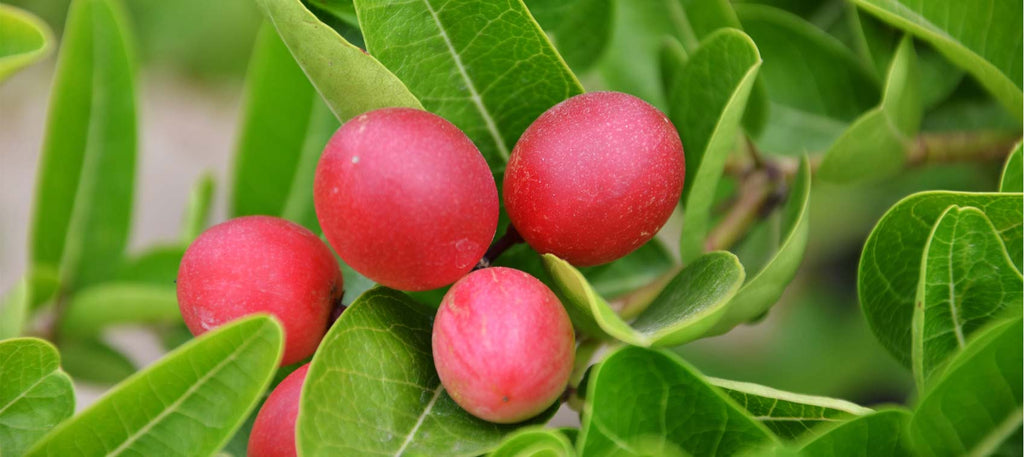
Gymnema inhibits the absorption of sugar in the intestines, although how it does this remains a mystery. Gymnema can increase insulin production and pancreatic cell differentiation. Insulin regulates blood sugar levels by signalling the body to absorb sugar from the blood via the muscles, liver, and fat cells. A water-soluble gymnema extract, taken daily at 400 mg doses, reduced insulin requirements and fasting blood sugar in type 1 diabetic patients. Furthermore, we reduced HbA1c. Gymnema leaf extract, the “Garmin” peptide, dampens the perception of both bitter and sweet flavours. One possible mechanism by which it lowers blood sugar is dampening the perception of sweetness, leading people to eat less sugary foods.
Fenugreek
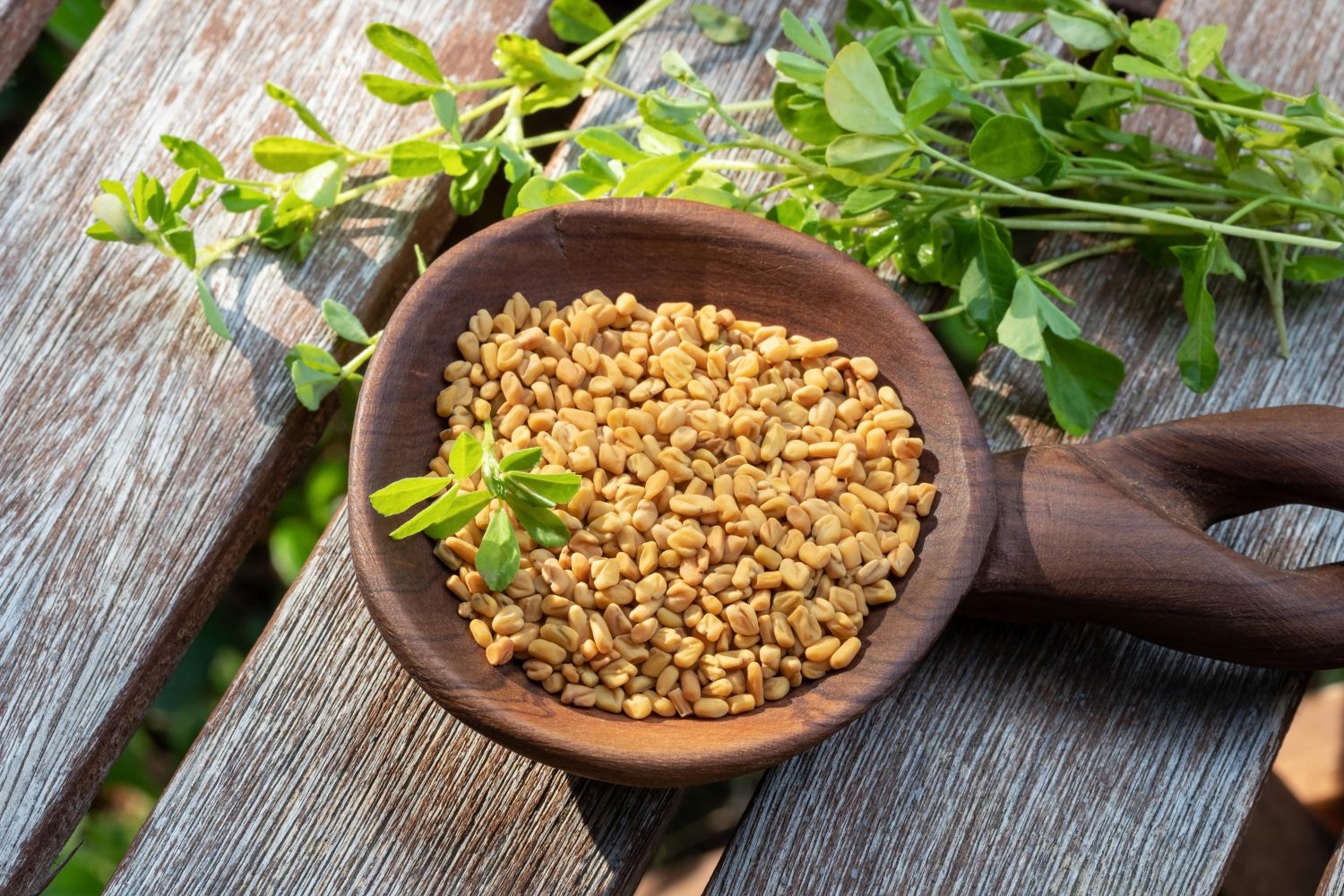
Food additives and therapeutic applications of fenugreek (Trigonella foenum-graecum) seeds induce labour and improve digestion, metabolism, and overall health. Animal studies have shown that fenugreek seed extract might lower blood sugar levels. Fenugreek may help lessen the consequences of diabetes. By inhibiting insulin resistance, this herb lowers blood sugar. Fenugreek has many potent antidiabetic components, including diosgenin, GII, galactomannan, trigoneosides, and 4-hydroxy isoleucine. Still unknown, however, are the exact ways in which these chemicals work. Diosgenin reduced inflammation and adipocyte differentiation, implying that it reduced insulin resistance. In clinical studies, Fenugreek has shown promise as a potential preventative for hypoglycemia and an insulin sensitivity enhancer.
Cinnamon
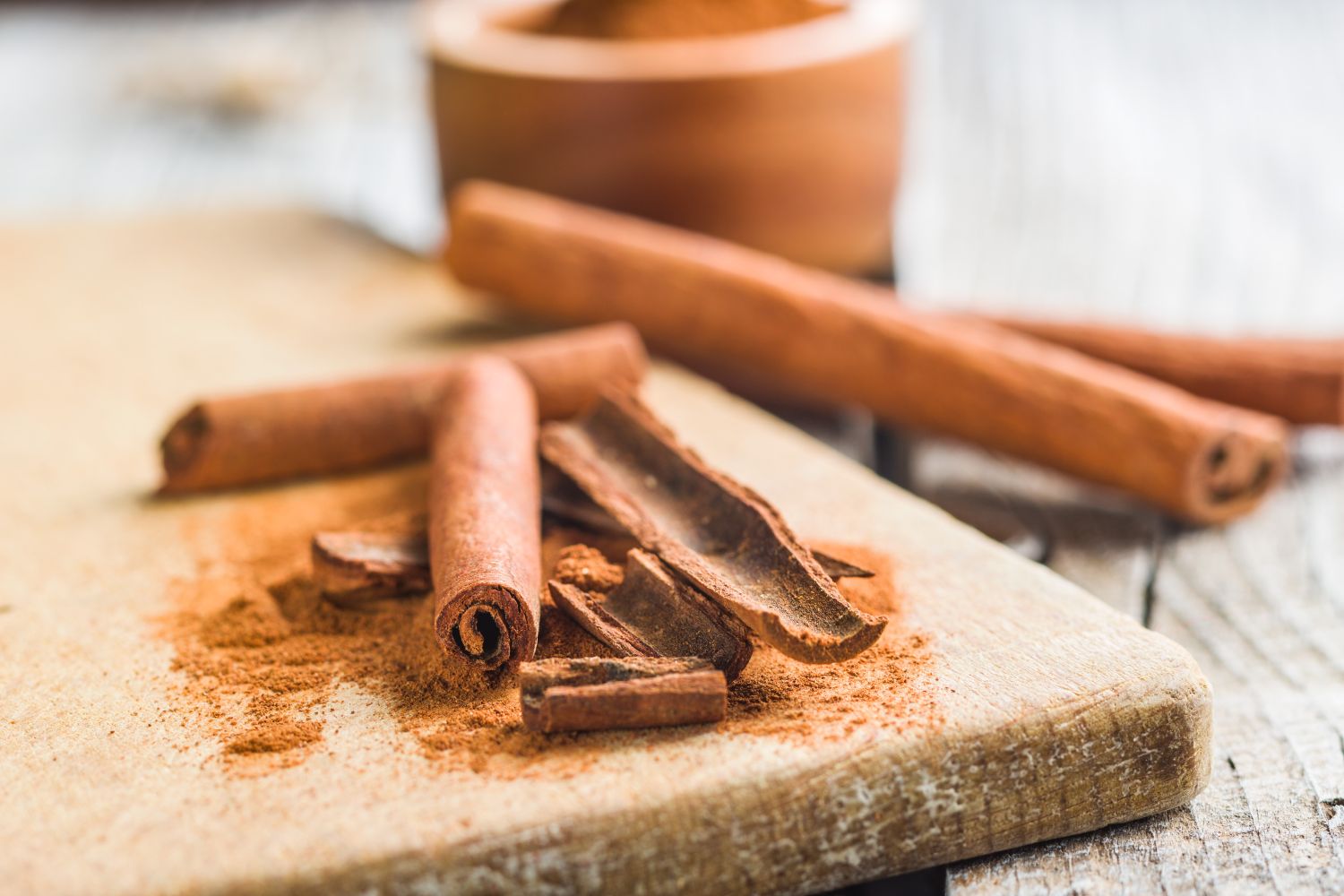
The use of cinnamon in traditional Chinese medicine dates back many centuries. The effect on blood sugar levels has been the subject of several studies. An analysis of studies conducted in 2019 found that cinnamon can lower fasting blood glucose levels. Additional research is required to validate cinnamon’s potential as a diabetic treatment, although it shows promise. According to the National Institute of Health (NIH), cinnamon won’t make you feel better immediately, but it won’t help you wait for medical attention (trusted source). The National Institutes of Health report that this is especially relevant for those with diabetes.
Aloe Vera
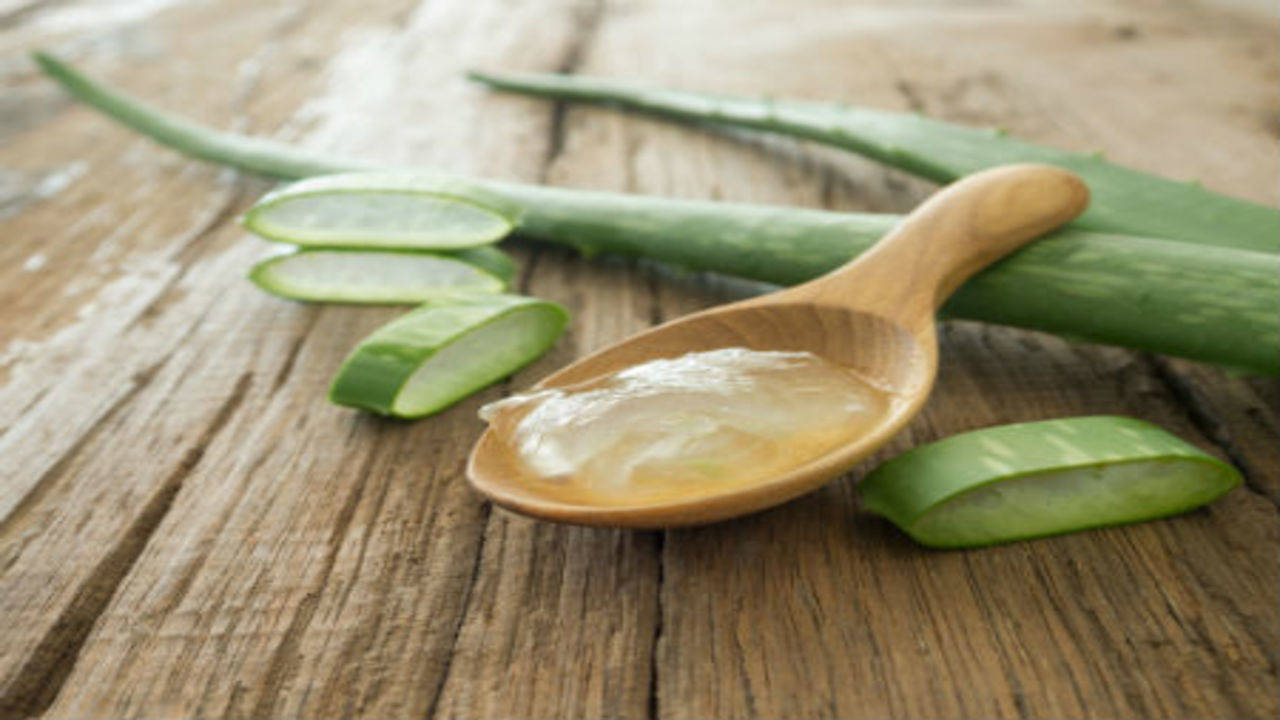
The well-known houseplant aloe has a long and rich history as a medicinal herb. Plants are sources of both latex and gel. Originating from the pericyclic tubules immediately under the leaf’s surface, aloe latex—sometimes called “aloe juice”—is a bitter-yellow fluid. The leaf pulp, or mucilage, is a source of aloe vera gel, which is the pulp or mucilage of the leaves. Extracts from aloe vera gel enhance glucose tolerance in rats with and without diabetes. Long-term treatment of Aloe barbadensis leaf exudate caused hypoglycemia in insulin-resistant rats. The bitter root of the same plant caused hypoglycemia in diabetic rats when given either a single dosage or repeated doses. The bitter aloe vera principle stimulates beta-cell insulin production. This herb improves wound healing in diabetic mice by acting as a dose-dependent anti-inflammatory agent.
Ginger

Ginger is the scientific name for the ginger plant (Zingiber officinale), which is both edible and medicinal. People and animals use ginger extract for its hypoglycemic, insulinotropic, and sensitising properties. Li and colleagues recently discovered that ginger extract increases insulin release and decreases insulin resistance. In a trial that included type 2 diabetics, researchers found that taking 3 grams of ginger powder daily for 30 days significantly reduced blood glucose and cholesterol levels. Someone else found that people with coronary artery disease who took ginger powder (4 g) daily for three months didn’t see any changes in their blood sugar or cholesterol levels. One possible explanation is that different ginger recipes have different chemical compositions. The ginger extract contains two key ingredients: gingerol and shogaol. The gingerol group showed reduced sodium-arsenite-induced type 2 diabetes. Insulin receptor signalling and islet protection decrease. Although its purpose in treating type 2 diabetes is unclear, hogaol increases insulin-induced glucose uptake in both muscle and fat cells.
Ginseng

The ginseng plant’s roots, stems, leaves and berries are responsible for reducing hyperglycemia in many animal models of type 2 diabetes. Clinical trials have shown that ginseng can heal type 2 diabetes. In type 2 diabetes, ginseng significantly reduces blood glucose and insulin resistance. Injections of the Chinese Renshen Tangtai, which has Ginseng polypeptide and polysaccharides, helped 86.7% of 30 type 2 diabetic patients feel better. In healthy volunteers, neither short-term nor long-term ginseng usage affected glucose regulation. Antihyperglycemic ginsenosides, polypeptides, and polysaccharides. Reduces blood sugar levels by enhancing insulin production, protecting pancreatic islets, glucose absorption, and insulin sensitivity. Ginseng is a spice. No significant adverse effects have been reported with ginseng use. Digestive, psychological, cardiovascular, and hormonal issues might result from a chronic ginseng overdose. Do not place this plant near children or pregnant women.
Momordica Charantia or Bitter Gourd

A few countries in Asia, Africa, and South America are the original habitats of the multi-named Momordica charantia plant. This fruit is known by more than simply the name charantia; it is known as karela, karolla, and bitter melon. Among its many potential benefits, this versatile plant may aid in glucose oxidation and insulin generation in diabetics. The bitter melon’s ability to reduce blood sugar levels, known as Momordica charantia, has several applications. The primary purpose of the research was to determine whether there were any health concerns associated with the use of M. charantia in combination with other diabetic medicines.
Coccinia Indica
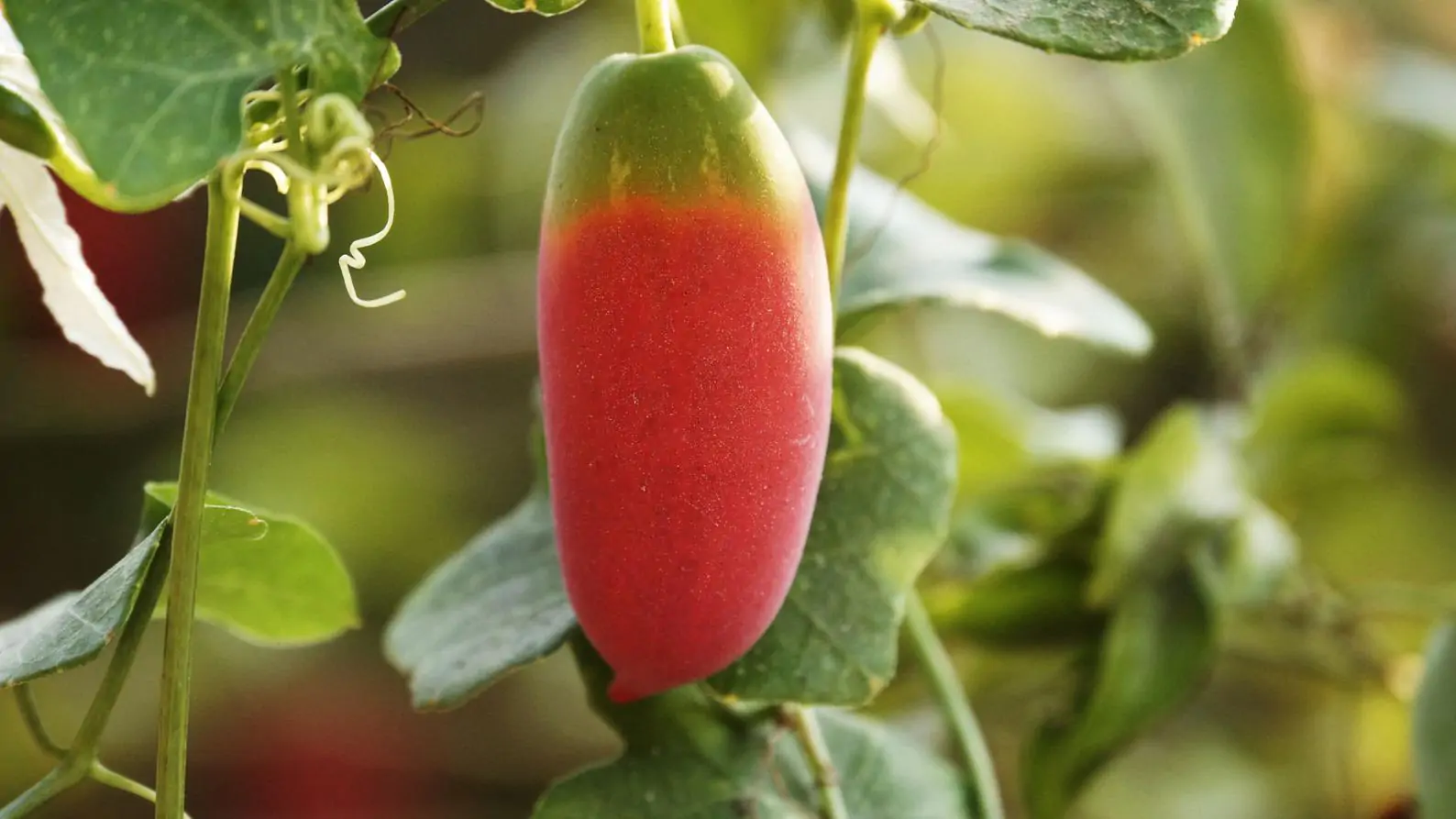
In many regions of the Indian subcontinent, the ivy gourd (Coccinia indica) grows unchecked. Ayurvedic practitioners have long relied on this herb, and new studies suggest it may mimic insulin’s effects. In previous trials, experts have called for more studies on Coccinia indican because of its positive impact on glycemic control. For six weeks, diabetic patients were given 500 mg of dried Coccinia indica (C. indica) extracts per kilogram of body weight. In people with diabetes who had not been treated, these extracts increased the activities of glucose-6-phosphatase and lactate dehydrogenase and decreased the activity of lipoprotein lipase (LPL).
Curry Tree Leaves
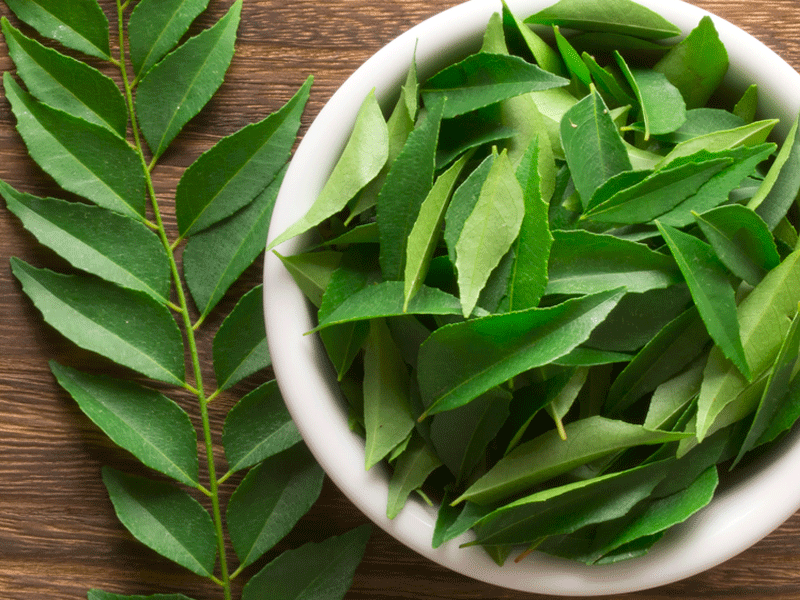
Curry leaves can reduce insulin sensitivity and blood glucose levels in patients. Chewing on the curry leaves is one option, while adding them to salads and other dishes is another. The aromatic curry leaves may also help lower blood sugar levels. This plant’s mineral composition aids in maintaining steady blood sugar levels. It also influences glucose metabolism. In addition, it lessens the likelihood of oxidative stress. Chew on a couple of small curry leaves first thing in the morning daily. Curry leaves may be an exciting addition to many other kinds of cuisine, not only curries.
Chromium

It is essential to have chromate, a trace element. It is beneficial for the carbohydrate metabolism. Chromic acid’s potential as a diabetic therapy has been the subject of little research. In 2020, people with type 2 diabetes who used chromium supplements had lower fasting glucose levels, according to a review of 28 trials. Trustworthy Creator. Chromium, a vital trace mineral, improves insulin sensitivity and glucose and fat metabolism. One study found that taking chromium supplements within a month lowered the risk of diabetes. Several intriguing but unconvincing studies suggest that chromium supplementation may have some advantages. Five randomised controlled trials that included chromium supplementation reduced fasting plasma glucose and haemoglobin A1C by 0.5%.
Gingko Biloba
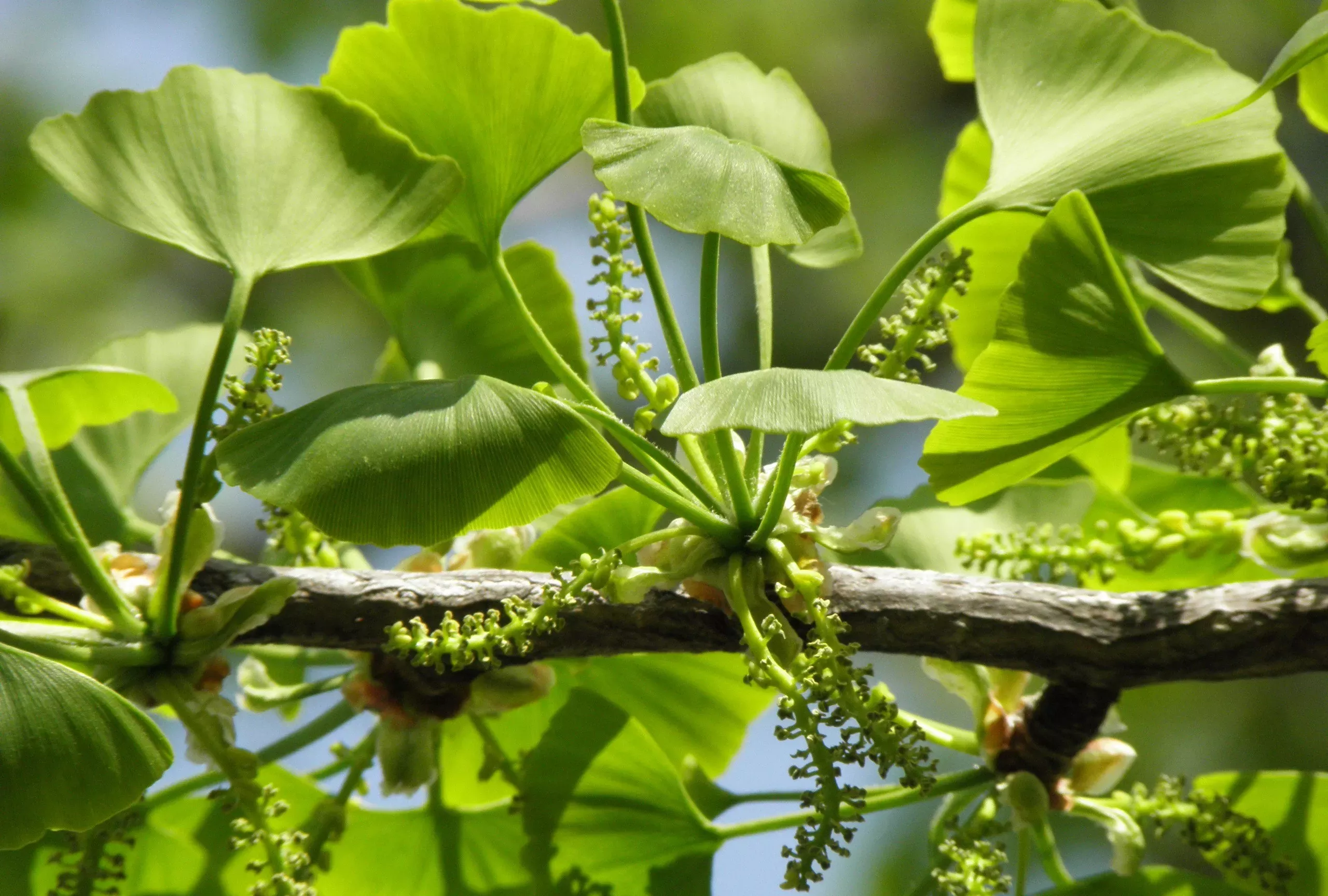
People with diabetes may get relief from their condition by taking the popular natural supplement, ginkgo biloba. It is possible that ginkgo biloba could make insulin resistance worse and make hypoglycemia less effective. The isoquinoline alkaloid berberine, isolated from Berberis vulgaris, prevents cancer and reduces inflammation and metabolic syndrome. This medicine reduced hyperglycemia, enhanced insulin resistance, stimulated pancreatic β-cell regeneration, and reduced lipid peroxidation in a mouse model of type 2 diabetes. It may one day be possible to cure diabetes, even type 2. According to a meta-analysis, berberine may not be able to reduce T2D glycemic. Taking berberine and other AAAs orally improves glucose tolerance. According to the patients, berberine has minimal effects on dyslipidemia.
Milk Thistle
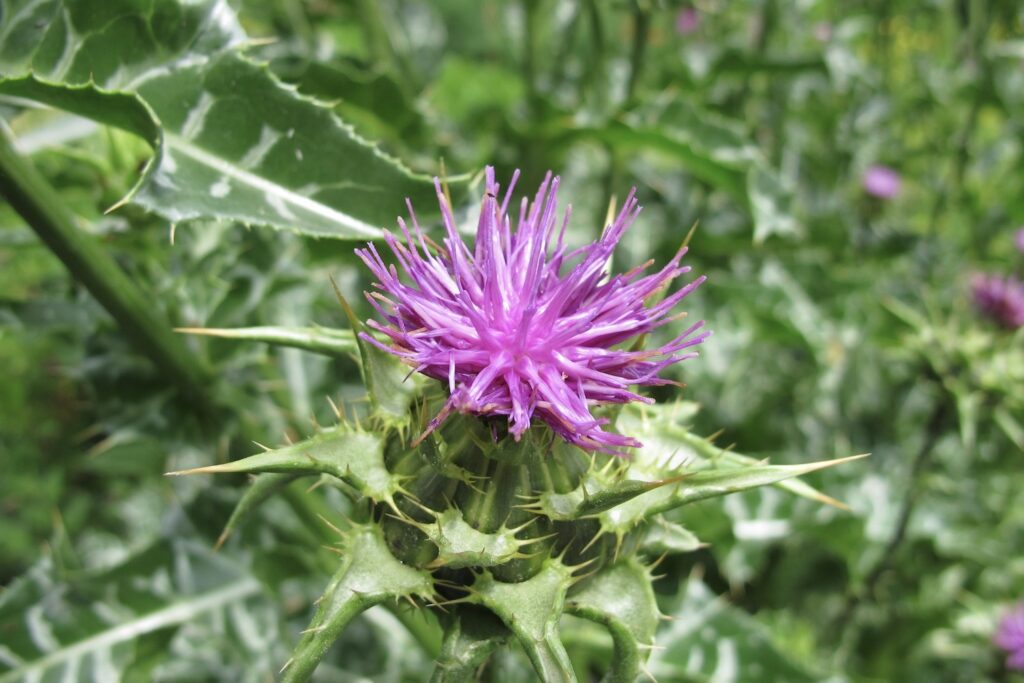
Milk thistle’s lengthy history of use as a liver tonic is among its numerous traditional medical applications. Scientists have mainly been interested in silymarin, an extract from milk thistle, because of its antioxidant and anti-inflammatory characteristics. This data suggests that milk thistle is a potential plant from which people with diabetes could benefit. Research on silymarin showed some encouraging findings, but there wasn’t enough data to suggest the plant or its extract as a treatment for diabetes, according to a Trusted Source assessment from 2016. Studies conducted in 2018 indicate that milk thistle may help people with diabetes control their blood sugar levels.
Turmeric

Turmeric, like garlic and ginger, decreases cholesterol and blood sugar in diabetic mice. Turmeric raises healthy people’s postprandial serum insulin to control blood glucose. Southern Asians eat and cure with turmeric powder that contains curcumin. Curcumin and turmeric rhizomes are anti-inflammatory, anti-diabetic, and immunomodulatory. Turmeric cures T2D. In mouse models of type 2 diabetes, curcumin improves glycemic control and reverses obesity-related inflammation and metabolic abnormalities, Weisberg and colleagues found. Curcumin supplementation boosted β-cell activity and HOMA-β and reduced C-peptide levels after nine months, according to Chuengsamarn et al. Curcumin decreased HOMA insulin resistance. Research shows curcumin protects T2D. In another study, turmeric raised healthy people’s postprandial insulin. Research suggests curcumin, a turmeric component, may cure T2D by modulating insulin resistance and β-cell function. Turmeric’s antioxidant protein, turmerin, reduces α-glucosidase activity. Turmeric may reduce diabetes by influencing insulin resistance, β-cell function, and gastrointestinal absorption.
Conclusion
Learn how these natural solutions and herbs can help manage blood glucose levels and type 2 diabetes effectively. For a holistic approach to managing type 2 diabetes, consider the Ayurvedic perspective and the use of herbal remedies. By embracing a balanced diet, engaging in regular exercise, and harnessing the therapeutic benefits of herbs, you can actively take charge of your blood glucose levels. This approach empowers you to manage your health effectively and feel in control of your diabetes.
13 Herbs to Cure Type 2 Diabetes Naturally!

